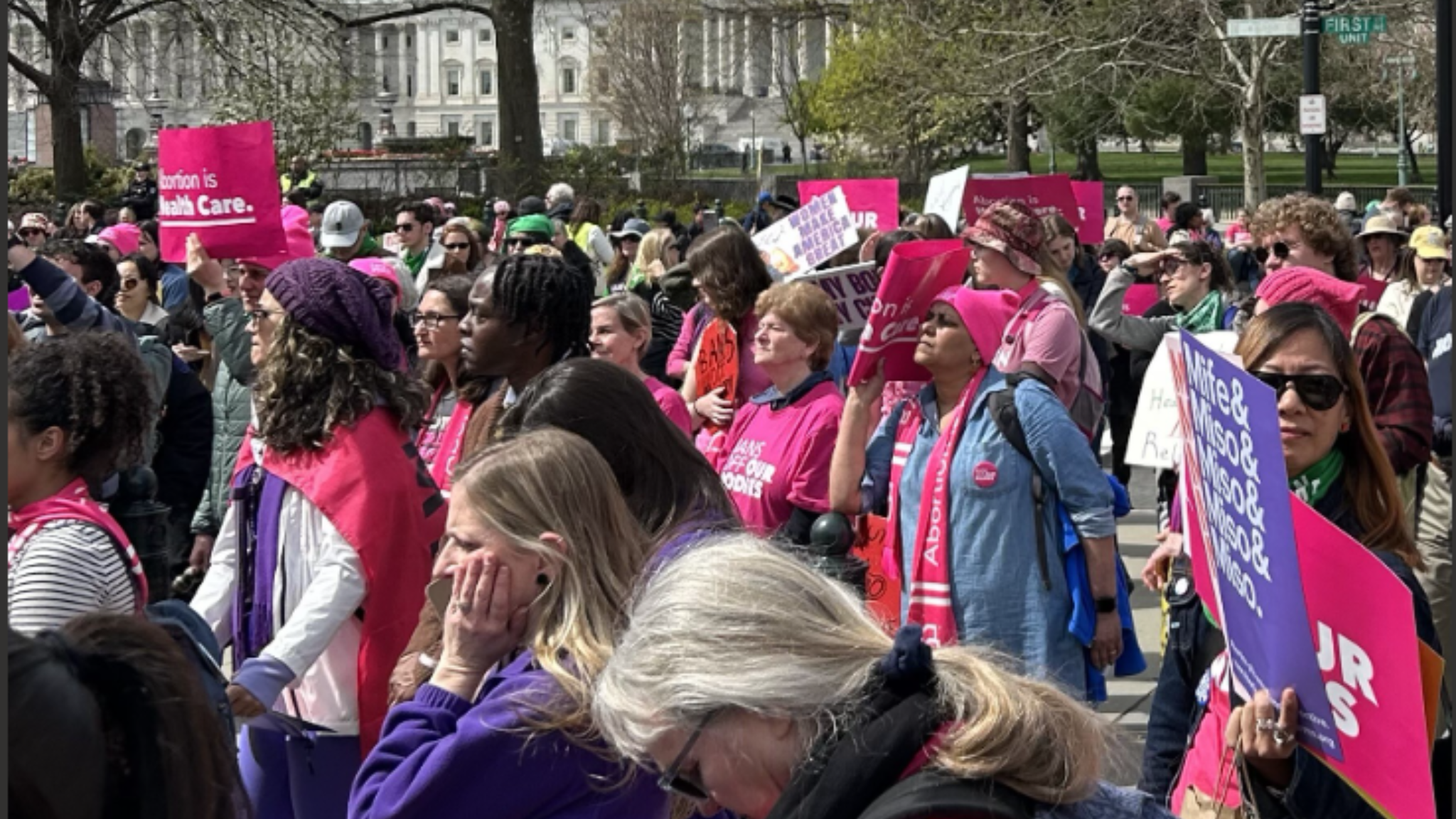On July 19, 1848, over 300 (mostly) women gathered for the Seneca Falls Convention,…
Rape Culture Redoubled

A recent headline mused whether President Trump’s return to power would extinguish the #MeToo movement that his first term had fueled. In the interim, he was found liable for sexual abuse and defamation, reelected nonetheless, and nominated at least five men to high-level positions who faced serious allegations of sexual misconduct.
In Women, Power and Rape Culture: The Politics and Policy of Underrepresentation, we identify “rape culture” as a barrier to women’s advancement and examine how it operates through law and policy in case studies of the three branches of government, beginning with Trump’s election in 2016 and through the #MeToo movement to hold powerful men accountable.
“Rape culture” describes an environment where:
- Traditional gender roles are championed, including beliefs that men should be dominant and aggressive and women should be nurturing and polite. People who deviate from these can face discrimination and harassment.
- Sexism is prevalent, promoting “stereotypes of social roles based on sex,” which objectify women and devalue them as less capable or deserving.
- There is hostility towards women, including hate and violence online, often sexual and threatening in nature.
- Violence is tolerated or under-addressed. In the US, few perpetrators of sexual assault will go to jail or prison and victims are often blamed.
Online abuse against women, including rape threats, surged after the 2024 election and women are threatened with substantial setbacks in workplace and healthcare rights.
We must pay attention to how sexism relates to misogyny – the “law enforcement branch of the patriarchal order.” Women, Power and Rape Culture unpacks the playbook of how sexism and sexual violence, whether verbal or physical, are employed to assert and perpetuate dominance.
The Executive Branch chapter analyzes Trump’s use of Twitter as a modern day “bully pulpit” to denigrate political opponents, a derogatory tactic to invalidate them and avoid responsibility for speaking to the substance of issues. Verbal attacks on his critics’ intelligence, appearance and competence can be especially damaging to women by evoking deep seated biases to silence them.
The Judiciary chapter examines confirmation hearings and judicial decisions of Justices Thomas and Kavanaugh (Trump’s appointee) through the lens of testimonial injustice. Both men attained seats on the nation’s highest court, despite plausible accusations of sexual harassment or assault, empowering them in lifetime appointments as arbiters of women’s fundamental rights, which they have shown a propensity to restrict.
The Legislative chapter enumerates sexual misconduct in Congress; between 1997 and 2019 over 18 million dollars was paid out in 291 settlements for discrimination and/or harassment. While lawmakers enacted some measure of reform in response to calls for accountability, they were tempered by procedural hurdles that dissuade victims from reporting and protect lawmakers.
Trump’s prominent positioning of men accused of sexual assault and harassment, whether backlash or revenge against #MeToo, promises to be accompanied by a rollback of rights for women that will require informed, concentrated and coordinated efforts across sectors to withstand, including continuing efforts to advance women’s representation in the halls of power.






